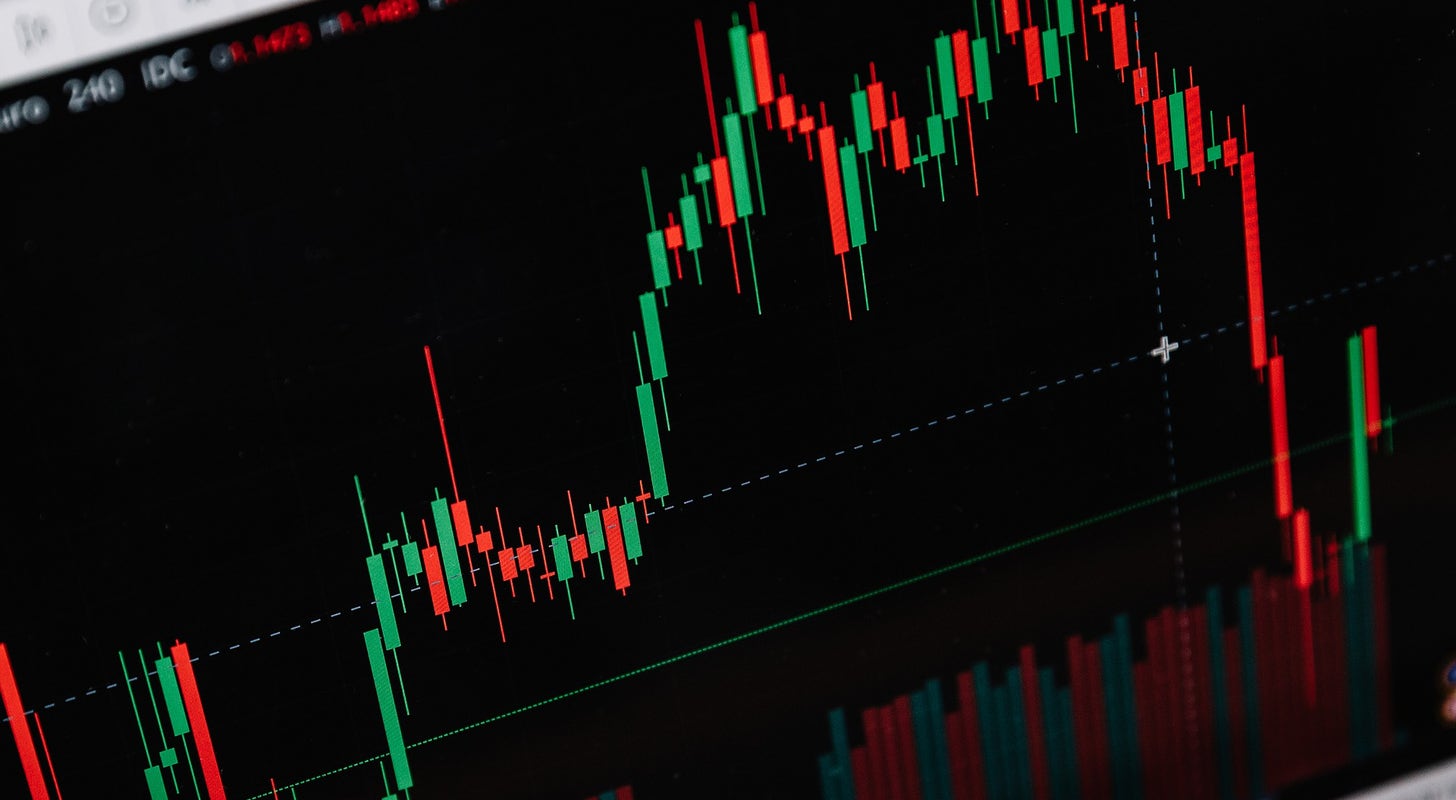Market Whales and Their Recent Bets on AVGO Options AVGO, NASDAQ, Options, Benzinga, Broadcom, Market Whales by https://www.benzinga.com/

AI Insights:
Simple Explanation:
A big company called Broadcom, which has a stock symbol AVGO, had some important people buy or sell options on it. An option is a type of agreement that lets someone buy or sell a stock at a certain price and time in the future. The article says most of these important people think the price of Broadcom's stock will go down, not up. They are watching to see if the stock price stays within a range of $1150 to $1300 for the next few months. Read from source...
Critical Perspective:
- The article does not provide any clear context or background information about Broadcom, its industry, or its recent performance. It assumes that the reader is already familiar with the company and its products. This makes it hard for new investors or interested parties to understand the relevance of the options trades and their implications for the stock price.
- The article uses vague terms like "market whales" and "unusual trades" without defining them or providing any data or evidence to support them. It also does not explain how it identified these trades or who made them, which raises questions about the reliability and validity of its analysis.
- The article focuses too much on the numbers and percentages of bullish and bearish traders, without explaining what they mean or why they are important. It also does not provide any historical comparison or trend analysis to show how the sentiment has changed over time or what factors influenced it. This makes it hard to gauge the significance or impact of these trades on the market.
- The article presents a predicted price range based on "trading volumes and open interest", without specifying which ones, when, where, or how they were calculated. It also does not provide any comparison or benchmark to show how this range differs from the current or expected market value. This makes it hard to assess the accuracy or usefulness of this prediction.
- The article ends abruptly and incomplete, without summarizing its main points, providing a conclusion, or suggesting any further action or research for the reader. It also does not include any references, sources, or disclosures for its data or claims, which undermines its credibility and trustworthiness.